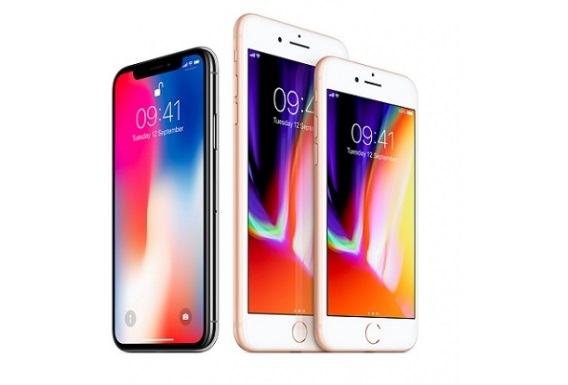Android and iOS devices are increasingly failing users, with the Google operating system experiencing twice as many errors as its closest rival.
Diagnostics company Blancco’s latest Mobile Device Performance report, for the third quarter of this year, found Android devices’ failure rate jump from 25 percent to 30 percent quarter-on-quarter.
The guiltiest parties are Samsung, Xiaomi and LG devices, which Blancco said all struggle with failures and performance issues. Samsung, the world’s most popular smartphone manufacturer, had the highest failure rate at 53 percent. Xiaomi and LG lagged considerably behind at four percent and two percent respectively.
General performance issues were the most common complaint, accounting for a fifth of all failures. This was followed by operator signal and USB functionality (both six percent), battery (five percent) and camera (three percent).
Apple saw its overall device failure rate increase from 12 percent to 16 percent quarter on quarter.
The report also found iOS apps crash more frequently than Android ones, at a rate of 57 percent compared to eight percent.
For the three months to the end of September, the iPhone 6 had a failure rate of 26 percent, followed by the 6S (11 percent) and the iPhone 7 Plus (nine percent).
In Q3 2017, the iPhone 6 had the highest failure rate (26 percent), followed by the iPhone 6S (11 percent) and the iPhone 7 Plus (9 percent), which was released last year.
Users said the temperature of devices was the biggest problem, affecting 14 percent of users, followed by Wi-Fi performance (nine percent), then issues with its receiver (six percent), headphones and headset connection (both five percent).
Russ Ernst, VP of Product Management, Blancco Technology Group, said: “Apple has always tried to offer the best quality and reliability with its iPhones.
“There’s no doubt that Apple will continue to innovate with these newest models. But with drastic design changes and the introduction of new technology features, such as the facial recognition feature on the iPhone X, there may be some challenges and performance issues that will arise.”



